What is so special about Tunganath? The fact, that it has the highest temple of Lord Shiva at a height of 3680 metre. Or the fact that it offers a completely stunning, mesmerizing panoramic view of the Himalayan ranges. It might also be the fascinating legend behind the Tunganath shrine. Tunganath is about 3.5 km from Chopta, the mini Switzerland of India. An easy uphill trek will take you to one of the five Kedars (Panch Kedars) or Tunganath.
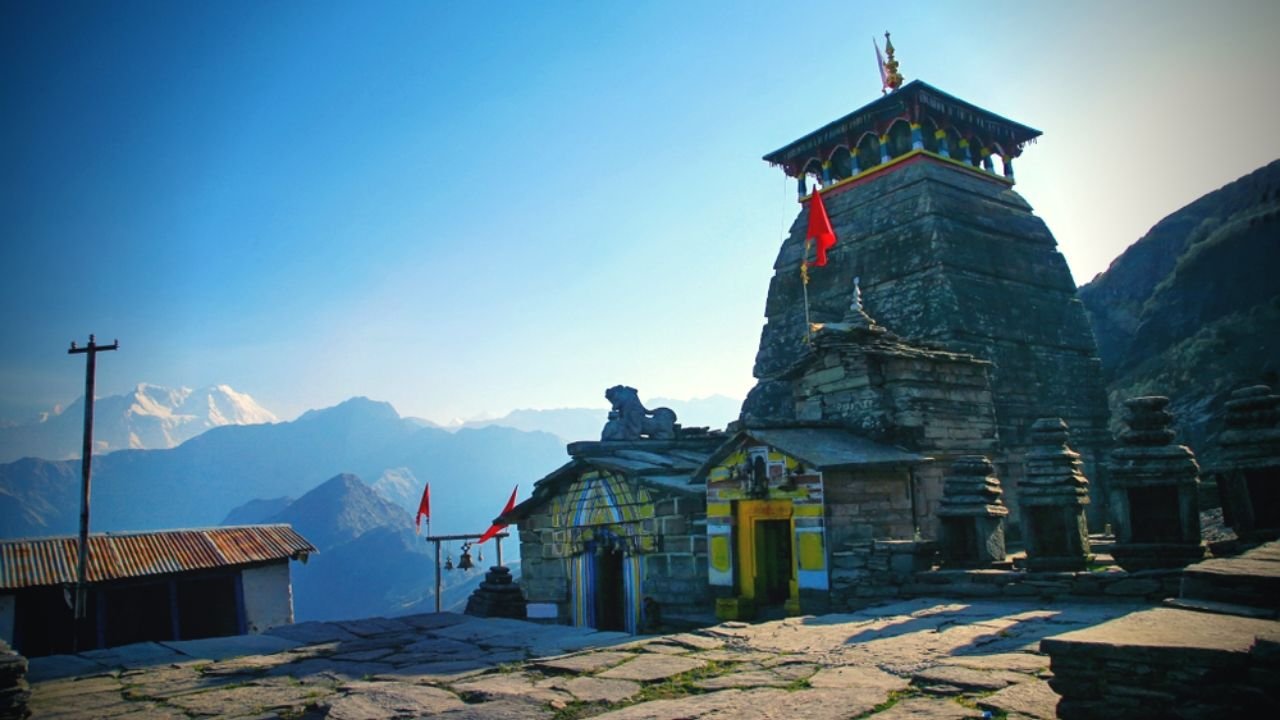
The legend of Tunganath is very intimately related to the epic Mahabharata. Mahabharata tells the greatest political saga of all times where two families Pandavas and Kauravas fight against each other for the kingdom. After the 18 days war at Kurukshetra, the Pandavas won the battle after killing all their 100 Kaurava brothers and other relatives. The Pandavas were grieved at this mass killing and were repentant of their action. They went for Narada’s advice. Narada was knavish and shrewd and advised them to ask for forgiveness from Lord Shiva. Only the master of the universe will be able to absolve them of their sins. On the other hand, Narada went and informed Lord Shiva that the Pandavas were seeking him for forgiveness.
Recomended Read: Tungnath Chandrashila Deoriatal Trek itinerary and details
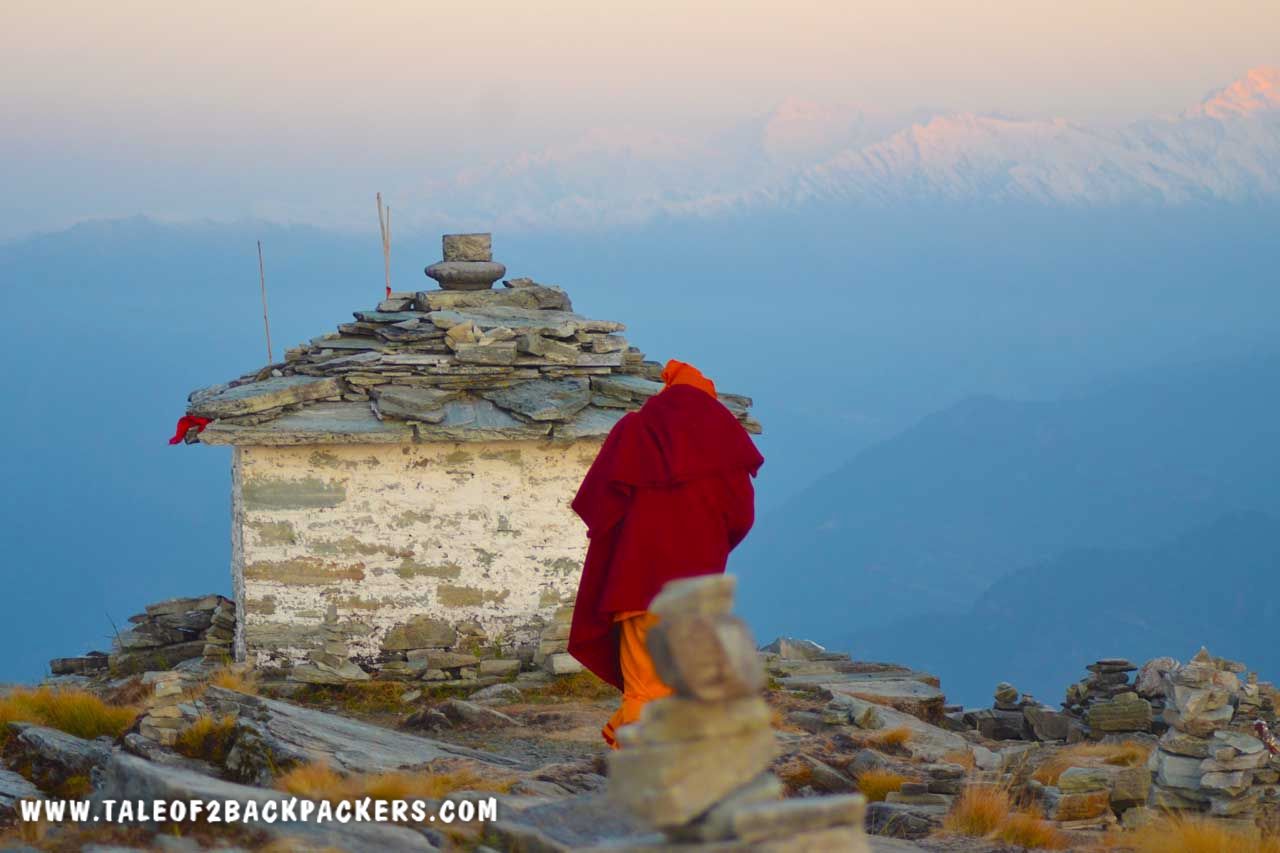
The almighty Lord was convinced of the sins of the Pandavas and did not think appropriate to exonerate the Pandavas of their sins. So He took the form of a bull and hid at Guptakashi, the underground heaven. Narada, in the meanwhile informed the Pandavas of the whereabouts of Lord Shiva. The Pandavas went in search of the Lord. After a long search, the Pandavas met a Bull on their way. The Bull was disguised Lord Shiva and he tried to hide from them. Bhima, the strongest of the Pandava brothers chased the bull. The bull later rematerialized at five different parts and these places later came to be known as Panch Kedars. Different parts of the bull rose at different locations – the hump at Kedarnath, the arms at Tunganath, the navel and stomach surfaced at Madamaheshwar, the face at Rudranath and the hairs at Kalpeshwar. It is believed that the Pandavas had built temples at all the five locations and were freed of their sins. It is also believed that the front portion of the bull fell at Pashupatinath in Nepal.
Another variant of the tale says that Bhima not only caught the bull, but also stopped it from disappearing. Bhima then threw his mace at the Bull and it was torn apart in five parts which fell at 5 different locations. The rest of the legend follows. After building the 5 Kedar temples, the Pandavas meditated at Kedarnath performed Yagna. Then they left for Mahaprasthan or the eternal leaving, to attain salvation.
The Tunganath temple is a small temple built in the model of north Indian style of temple architecture. Surrounding the main temple are different shrines of gods. At the right of the temple entrance there is the mandatory image of Ganesha.
In the main sanctum, ashtadhatu (made of eight metals) idols of sage Vyas and Kala Bhairav (demi-god), disciples of Shiva are placed. The temple also houses the images of the Pandavas and silver plaques of other four Kedar shrines. An idol of Adi Guru Shankaracharya is placed near the idol of Shiva. The temple remains closed during the winters and during that time the deity along with the temple priests are moved to Mukumath, 19 km from Tunganath. The journey dates of the deity from Mukumath to the temple and back is decided by the priests and is done with much reverence by the locals.



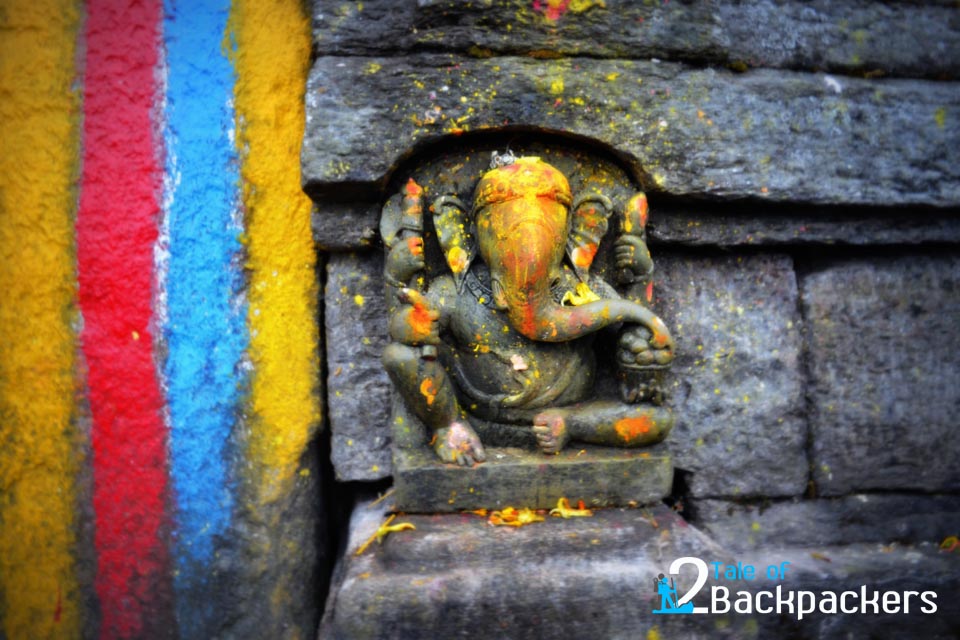
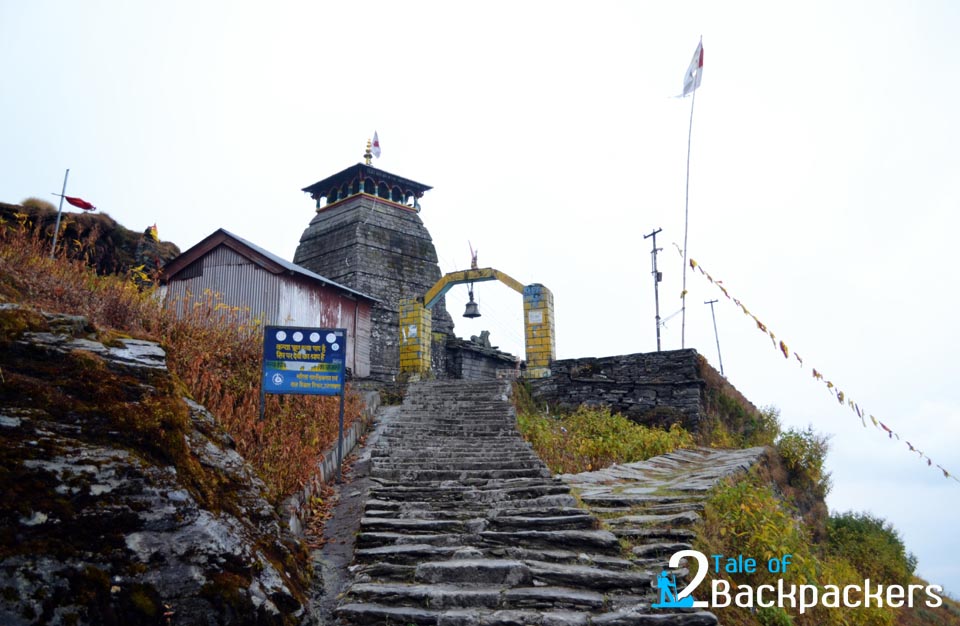
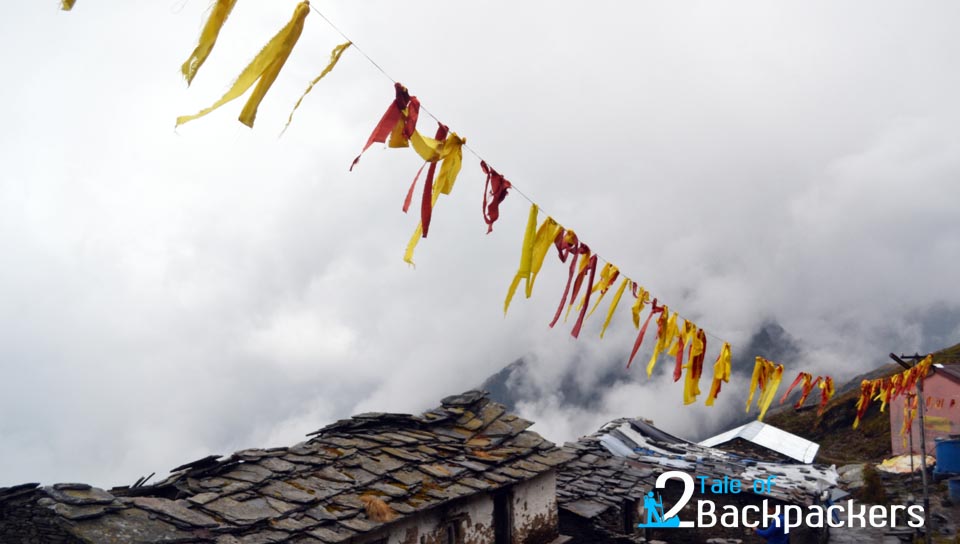

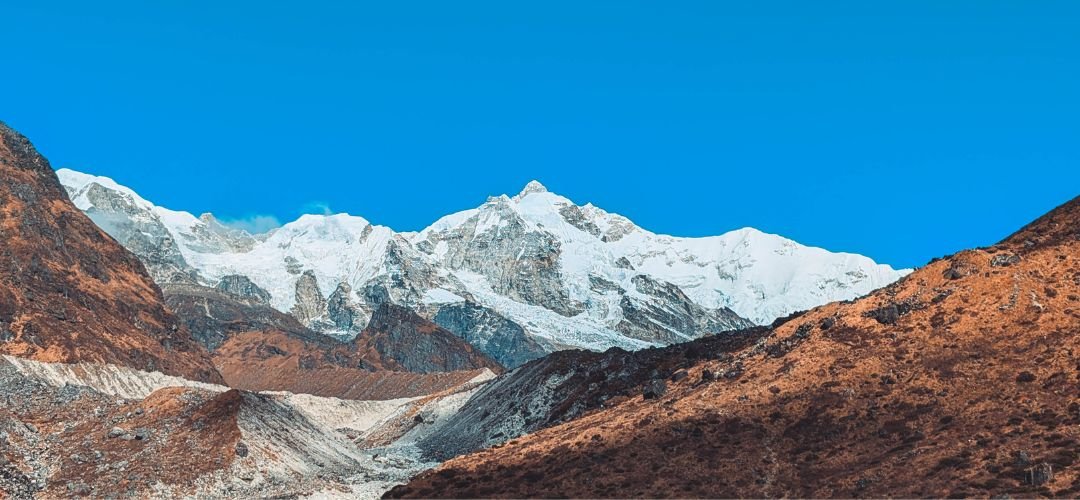
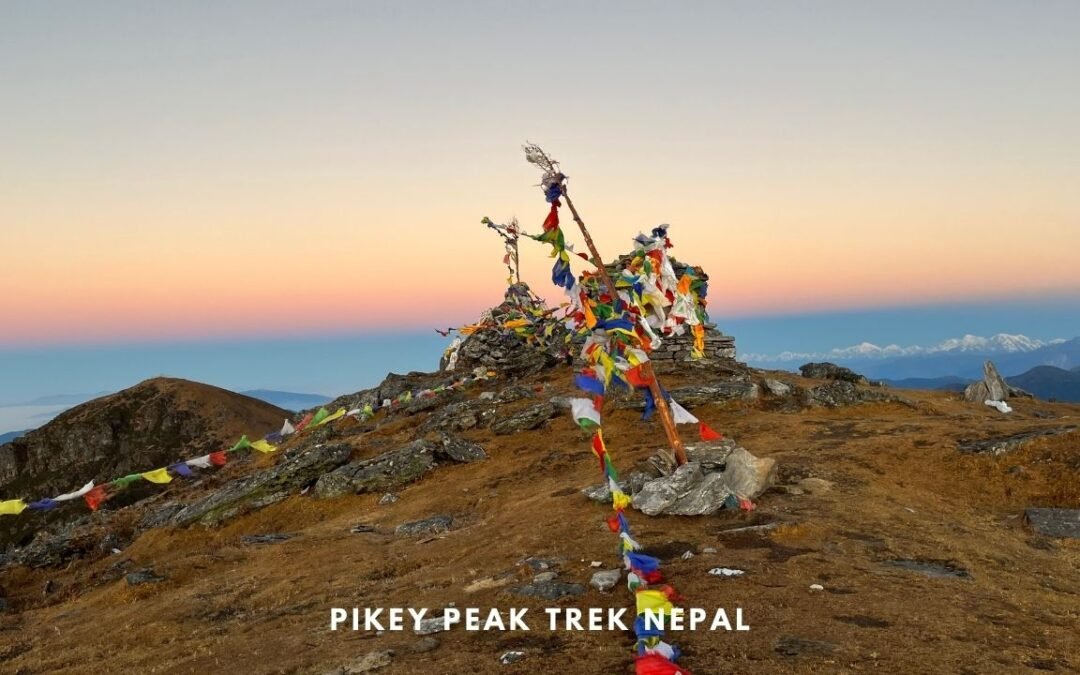
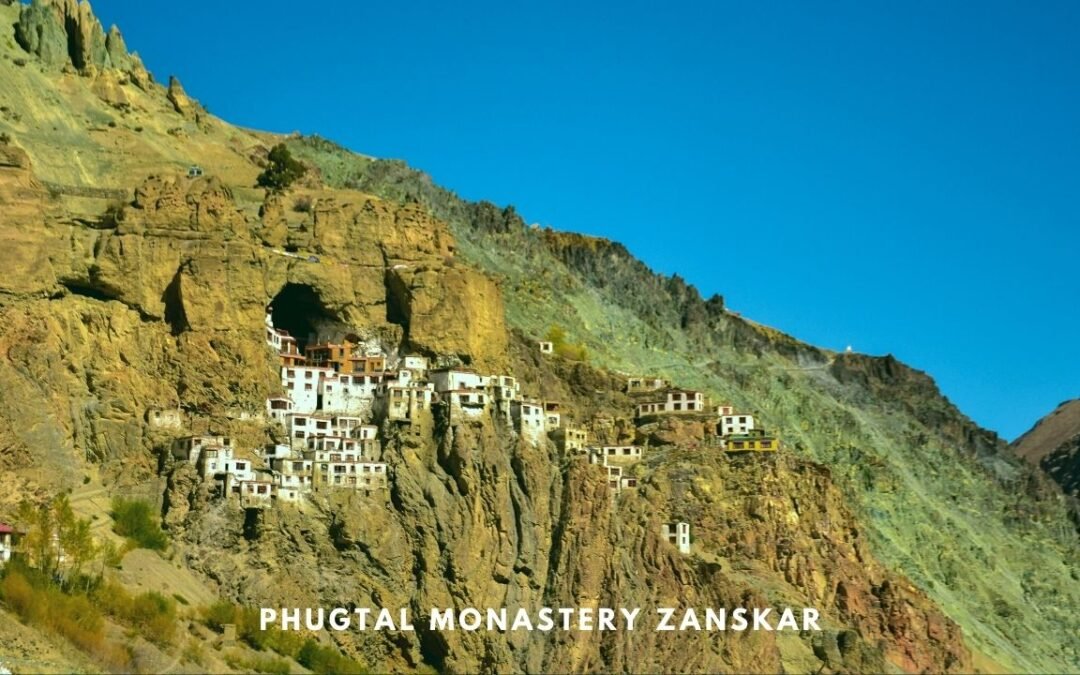

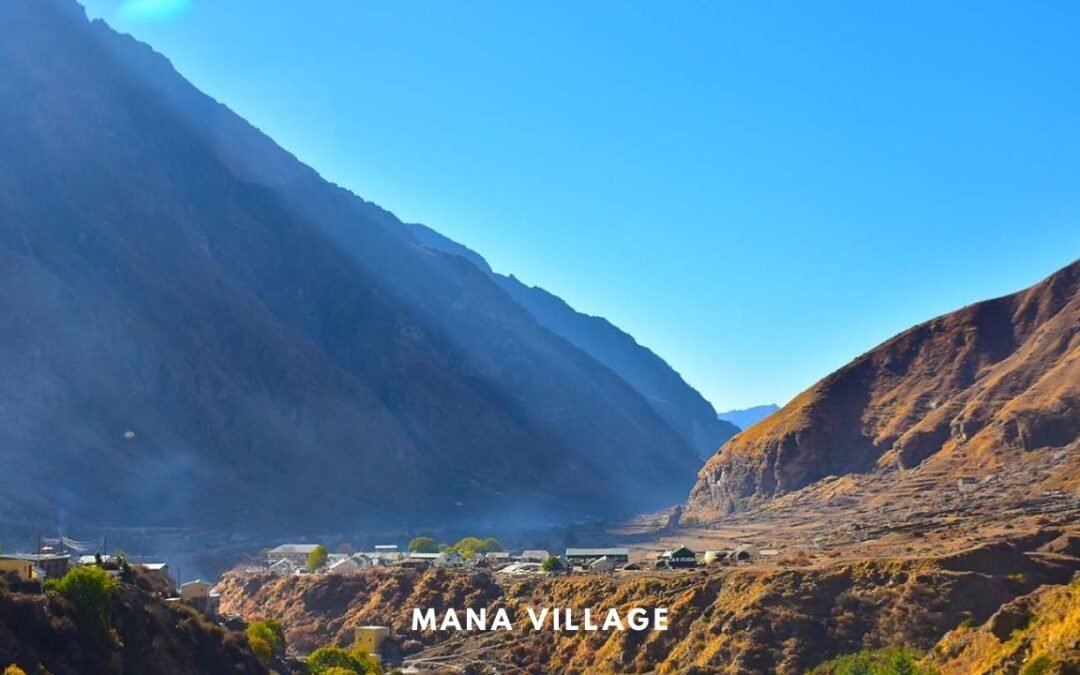
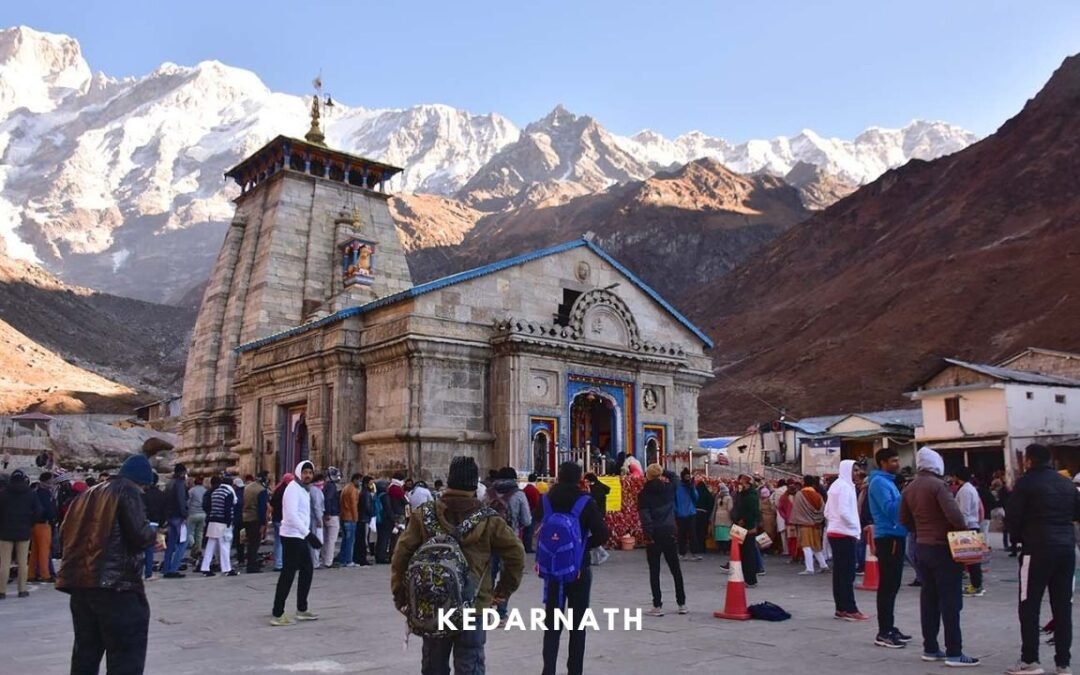
Interesting!
pictures are great specially second one
I just love to visit this type of places. I am also planning a tour. your pictures are nice. Thank you